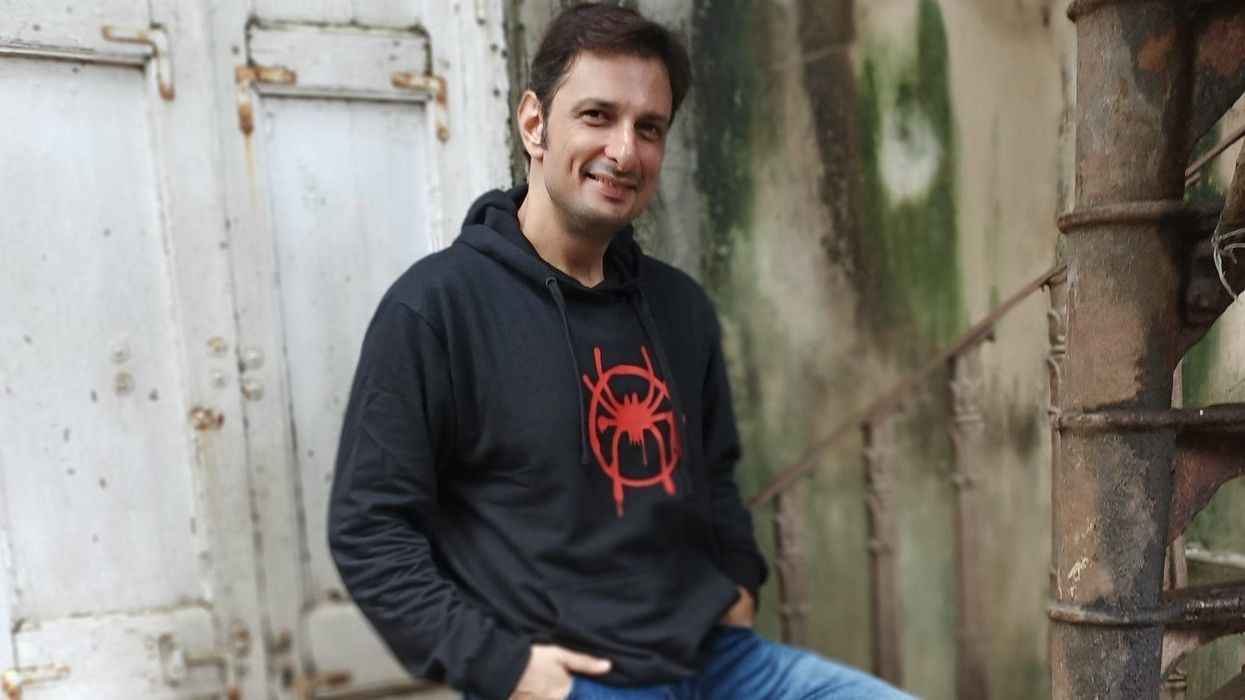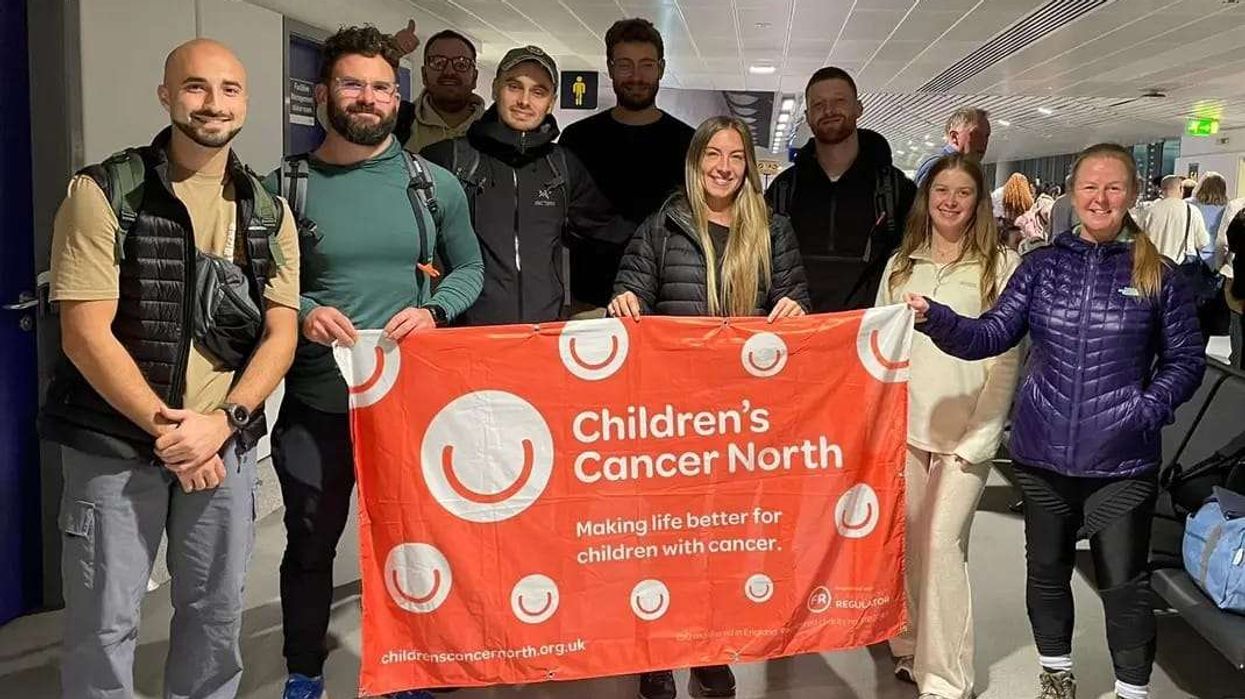ACTOR Rushad Rana has been entertaining audience since making a winning debut in iconic series Hip Hip Hurray 21 years ago. He has since then delivered winning performances on film and television with a wide array of characters.
Eastern Eye got the popular star to select some magical moments from his winning career.
My first portfolio: My first significant moment was building my portfolio through adverts and group shoots. Although at times, I felt ‘what am I doing’ I was advised it was a good way to build contacts. As destiny would have it, on one such shoot the director noticed me even though I was not the main guy and asked me to come for a photoshoot the next day. He took solo shots of mine for Rotomac pens and I became the face of that ad. It was a special moment and made me feel I had not been dreaming unnecessarily. That moment gave me the boost to try further and get good roles.
Hip Hip Hurray audition: This audition taken by the director of the show was a very different experience. Even though I had given auditions before, this was the first time a director was taking it. I was asked to improvise and narrate a significant incident that had happened in college life. I remember narrating an incident where a friend of mine had lost her brother and it deeply touched me. I don’t know what happened, as I got overcome with emotions and saw my director Nupur literally in tears. That touching moment will always remain with me.
Hip Hip Hurray beginning: I will never forget my first solo shot in Hip Hip Hurray, where I am dribbling the basketball and give a look to Alisha. That fulfilling moment was in many ways the beginning of a beautiful journey.
The first dialogue: I have been very fortunate to say countless dialogues, but the first on camera will remain special. Initially, when I started Hip Hip Hurray, I didn’t have much to say onscreen, so having my first dialogue as my character Raghav on camera was special. I was blessed that people liked me on that show.
Mohabbatein magic: When I was doing Mohabbatein there was a shot of the bus entering and Shah Rukh Khan greeting us. I remember them putting me at the forefront and Shah Rukh asking me my name. I replied Rushad and he used that name in the film, which was a very sweet gesture. It was very special for me because I wasn’t expecting him to do something like that.
Hero moments: On Mohabbatein no one was allowed on set when Mr Amitabh Bachchan and Shah Rukh were doing their scenes, but we would hide and watch their performances. Seeing them was a complete education and I have since carried on learning from watching senior actors perform. Also, in Mohabbatein I was in a scene next to Mr Bachchan and that was a landmark moment for me because he is such a big star.
Dor dream: There was a very special moment in the film Dor after I had shot my first scene with Gul Panag and got such a positive reaction from (director) Nagesh Kukunoor sir. The assistant director told me how happy he was and that meant so much to me. For an actor, that kind of reaction from your director is like the happiest moment.
Anupamaa scene: There was a very important scene in Anupamaa with Rupali (Ganguly) where I tell her that (her husband) Vanraj is having an affair with my wife Kavya. That scene will always remain close to my heart because everything came together so well from the wonderful writing to the performances. The scene had everything from anger and sarcasm to deep pain, so gave great scope for performance. My co-actors Rupali, Sudhanshu (Pandey) and Madalsa (Sharma) were also very encouraging, so this will be always be very special for me.












